My time in Jacksonville, FL was over, and it was time to sail from Jacksonville to the Florida Keys. While I was only partially done with the refit the job I had moved to Jacksonville for was complete and it was time to move on, the project I was hired for was ending. Time to take my boat and find some clear waters and get out of town before the winter temperatures came around. Key West here we come!
I spent the last month finishing up projects, prioritizing what I could complete balanced against what was left of my budget. All this had to be done before November 1st as my lease was up at the marina.
This trip would be around 600 miles when it was all said and done, taking me eight days, all of them solo. Three of those days were dealing with wind either too light to sail or in the wrong direction. I only stopped the one time in St Augustine before I completed the trip at Rodriguez Key near Key Largo.
This is a long post, the most significant trip I’ve made on a sailboat yet, but there’s a picture gallery at the bottom so make sure you scroll down even if you don’t read about my adventure.
Things Not Done Before I Sailed
I had two significant issues that weren’t going to be resolved before I had to leave.
- The Engine – My repairs on the engine weren’t complete, other items came up during the test run just a couple of days before I was supposed to leave. I didn’t have the time or budget to dig deeper into the issues, and a repower may be the final solution.
- Electrical – As I had just finished up all the painting projects (as a base for all the other repairs I was doing) and just received the new distribution panel two weeks before departure I didn’t have time to completely redo the AC and DC electrical systems. What I did was to engineer a small micro DC system using new house bank batteries and a fuse box. This will allow me to run lights while underway and one refrigerator. I also left the windlass wiring intact.
How To Work Around An Engine
The biggest issue of not having an engine in the modern boating world is getting in and out of a marina. To maximize usable space and profits marinas have decreased the free area between slips and fairways versus pre-1970’s boat building boom. With old slow boats like mine, this usually requires a 20 point turn to enter and leave your slip. No way I could do that under sail alone.
A couple of days before I left I lined the boat from my slip out to the exposed T-dock slip. I did this very early in the morning ( 3 am ) as there is almost no wind at that time in the marina and there would be no other boat traffic to deal with. Using one line attached at the stern and one at the bow, I slowly walked the boat stern first out of the slip, around the dock and tied up on the exposed t-dock. But this left me with my back end of the boat facing the opening of the marina. So, I pushed the bow of the boat out into the fairway allowing the current to pull the bow out and around. 10 minutes later I was there to catch the bow as the boat came back to dock, now facing the correct direction. I now finished up the last projects and started storing stuff.
Jacksonville to St Augustine
Beach Marine, the marina I was at, is located on the ICW (Inter Coastal Waterway) a few miles south of the St Johns River. The ICW runs parallel to the ocean but about 2 miles inland all along the eastern seaboard. At various locations, there are rivers and inlets to allow you access to the sea. But this makes planning difficult as you have to have the correct wind to go N/S along the waterway and then East out the inlet. I chose to leave on a day that would have Northwest winds (supposedly) which would then push me down the ICW to St Augustin and give me the power to go out the inlet there. I was avoiding the St Johns exit because there is a large amount of cargo traffic and I didn’t want to have to deal with them if I had issues getting the correct wind to leave the inlet.
My trick with walking the boat around the dock left me facing the exit but still one row in. On the day of my departure, I towed the boat to the last T-dock, so it was ready to just sail into the ICW and head away. For the record, in complete calm (little current and no wind) you can drag a Morgan 415 Outisland while swimming for a short distance, which is how I got it to the last dock as it’s not connected to any other docks.
Around 9 am on Sunday the NW breeze started to pick up, and I coasted south on the ICW. I had never been down this stretch of the ICW and enjoyed the scenery (check out the pictures below) while dodging the heavy weekend boat traffic. The NW winds never really developed and mostly it was light winds straight from the North. Pomaika’i isn’t set up for downwind sailing yet, but I worked with what I had and stayed trouble free until early evening.
As we got close the St Augustine the wind died, and it was getting close to low tide. Now, a thing with boats is that for their rudders to work and provide guidance on which direction the boat is to go, they need to have water flowing over the rudder. The rudder is like a wing on an airplane and the flow of water over the surface allows it to push the boat in the direction it is turned. No wind = no water flowing over the rudder so a drifting we went. With the falling tide, this means I ran aground a couple of times requiring me to get out and push the boat off the shoals. After doing this a couple of times, I decided to get to deeper water and anchor out for the night.
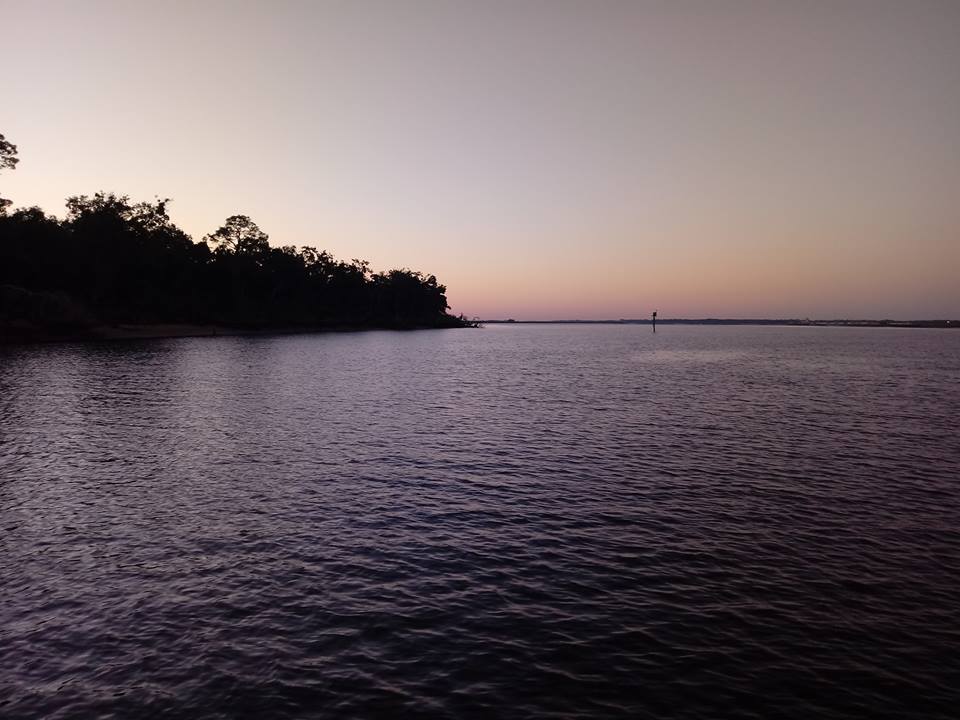
Light Winds Leaving St Augustine
The next morning I did a first for me, I sailed off my anchorage. The last 5 miles to St Augustine took a while as the winds were unbelievably light. This whole trip the forecasts would be way off. The strength of all following winds were almost always way under the forecast strength when they did arrive if they arrived.
Arriving in St Augustine, there was almost no wind. I slowly made my way to the inlet and surrounded by dolphins I ran into issues. Suddenly the extremely light northwestern winds turn towards the east (the direction I needed to go to get out of St Augustine). I ended up sailing backward out of the inlet. As I circled to try and pick up some speed (remember that rudder needs flowing water) I was pushed further and further west into St Augustine until I ran aground. With no wind, I could not control where the boat needed to go, and anchoring in the middle of the busy inlet wasn’t an option either. Luckily I pay for towing insurance (like AAA for cars) and found relief through that. I was able to get the towing captain to take me out through the inlet and leave me at the sea buoy (the farthest one out in the line that guides ships through the channel). Finally, I was in the Atlantic.
Down The First Coast
I learned so much on this trip. To make a boat move, it only takes a day or two of sailing instructions. It’s the refinement and tricks that take a lifetime to learn. I’ve figured the best ways to lay out the lines so I can control everything from the cockpit while single handing. And I’ve picked up some changes and additions I need to make to Pomaika’i.
Light winds directly from the stern. For me, this is one of the hardest directions for the wind to come coupled with the light pattern. Light winds also tend to be fickle, changing trends and strength all the time. To handle this, I need to add a whisker pole and gype preventor to the boat’s arsenal.
The whisker pole holds the genoa sail (the large sail on at the front) out so that the sail doesn’t collapse if the wind dies or shifts directions. This allows you to get full use of the little wind you have.
The preventor straps the mainsail boom into position when you have it winged way out to collect the following wind. If you don’t do this and the wind shifts a little the boom will violently swing all the way across the boat clearing the decks. While I have the boom set, so it’s above my head when sailing the violent swing also puts a lot of pressure on your running gear.
I found that if I ran with the mizzen sail and the mainsail boomed out, I could drop the genoa and still make miles good heading south. So that’s what I did on that Wednesday. Passed Cape Canaveral before sunrise making mileage down the coast.
There was a lot of wildlife off the coast of St Augustine and just south. A pod of about 20 dolphins was doing a mating ritual around the boat for an hour. Then we picked up a small bird as a hitchhiker. He left, but I was 32 miles out so not sure if he made it home or not.
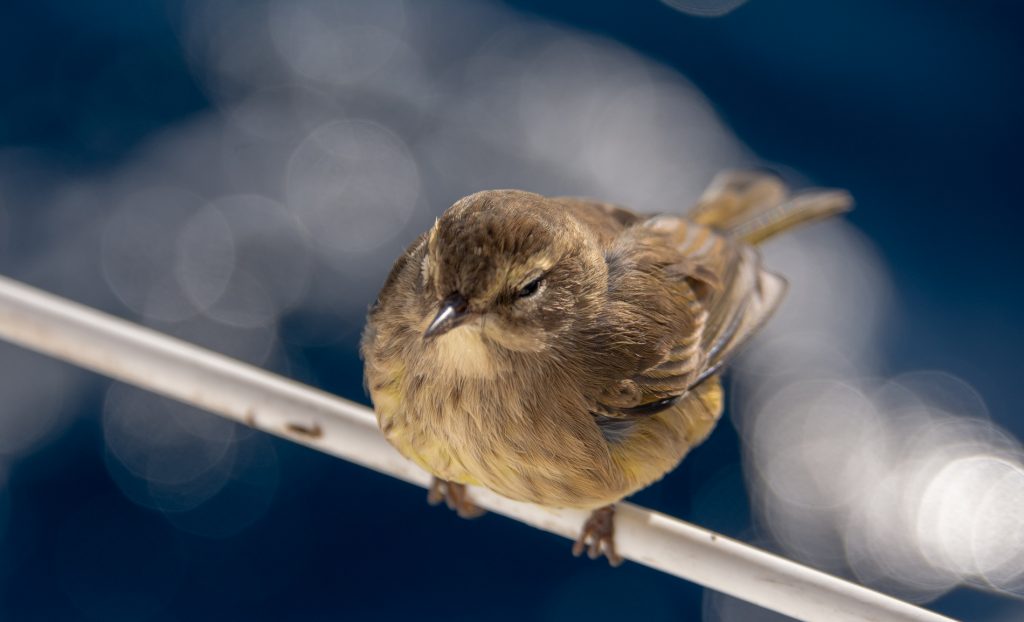
Stuck In Fort Pierce
Thursday and Friday were hell days. I learned a lot about the boat and made progress on my singlehand tacking procedures. I spent both of these days trying to get some southerly miles while contending with 15 – 20-knot winds directly from the south. In those 48 hours, I sailed 122 miles and not one of those were in the right direction.
By the end of Friday, I had come to terms with dealing with the wind. I’d tack so many times that it no longer felt like a hardship. Then mother nature taught me she could get worse.
Near the end of the day on my last tack back in towards the land, a rain squall appeared over Fort Pierce. No problem, rains this time of year aren’t cold, I’ll just get out the deck brush and wash down the decks to get the salt off. When that first wall of weather hit it went from 10 – 15 mph winds to 40 – 45 almost immediately. Pomaika’i stood on its side, a good 30-degree list, with me laying down in the cockpit just holding on. I released the main sheets and the genoa sheets so the pressure would be taken off the sails and mast. I tried to furl in the genoa, but the furling line got tangled. I climbed out on the foredeck to resolve the issue.
It took me about 5 minutes to fix the furling line, by then the wind had gone back to normal. It was pouring rain, but at least the wind was down, and the boat was back to level. I wasn’t able to release the mizzen sail (the small sail on the second mast) sheets, and that sail was destroyed. The VHF radio antenna was gone, luckily I had my handheld backup. One of the wire cables was stretched and loose. I’ll tighten it up now that I’m at anchor, but I’ll need to replace the standing rig before I put a sail back on the mizzen mast.
A half hour later and the boat was cleaned up, I had dry clothes on, and the wind and rain had stopped… completely. That was fine; I was too tired to fight anymore anyway. I lowered all the sails and slept until the wind picked up around midnight.
And The Sun Shines
Early the next morning the wind had shifted to come from the North but still pretty light. I spent all day Saturday sailing downwind down the Condo Coast. Condo Coast? Yea, that’s what I call the stretch from Palm Beach until the city starts around Fort Lauderdale. Just a skyline of 1970’s condos lining the beach.
No nastiness on Saturday but it was a long day of staying at the helm to deal with the light following winds on a rocky boat (the following seas kept the boat sloshing to the left and right all day long, and never in a rhythm).
Another Day Of Practice Sailing
All day Sunday was super light winds or winds from the wrong direction, so I practiced tacking back and forth just trying to claw my way south. As the sunset, the winds finally picked up to carry me the last 7 miles into Miami.
Miami and the Florida Keys
Sunday night had me doing 5 knots (which is a good clip on an old sailboat) down the Miami Beach skyline. I was in close, probably only a mile to a mile and a half off the coast. The whole city skyline was fun to watch as I sailed by.
After crossing the main port travel pattern, dodging lit up cruise ships like a child running across the 405 Freeway, I started down into the keys. At this point, the wind gods decided to finally give me strong winds in the right direction. Barreling 5, 6 even 7 knots at one point through pitch blackness (no moon) with only an icon on a screen to guide you. Let me tell you, 6 knots in pitch black is a lot faster than 6 knots on a sunny day. Somehow I rolled up to the anchorage at Rodriguez Key just after sunrise on the 8th day at sea. I don’t think I had another one in me. And yes, I did another first for me, sailing onto an anchorage.
Thoughts
This trip was rough, I’m sore and will sleep well into tomorrow, taking it as a day of rest. Short term, having the engine issues resolved would have taken away most of the roughness. I could have pulled into an inlet to wait for better weather (while the forecast didn’t do its part, I didn’t have the luxury of waiting for a better weather window) and to get more rest. But long-term I know there will be a time, probably in some isolated spot in the world, where I’ll pull from the knowledge I picked up about the boat and myself on this trip.
But not buying enough snack items when provisioning was just a horrible, horrible mistake.

















































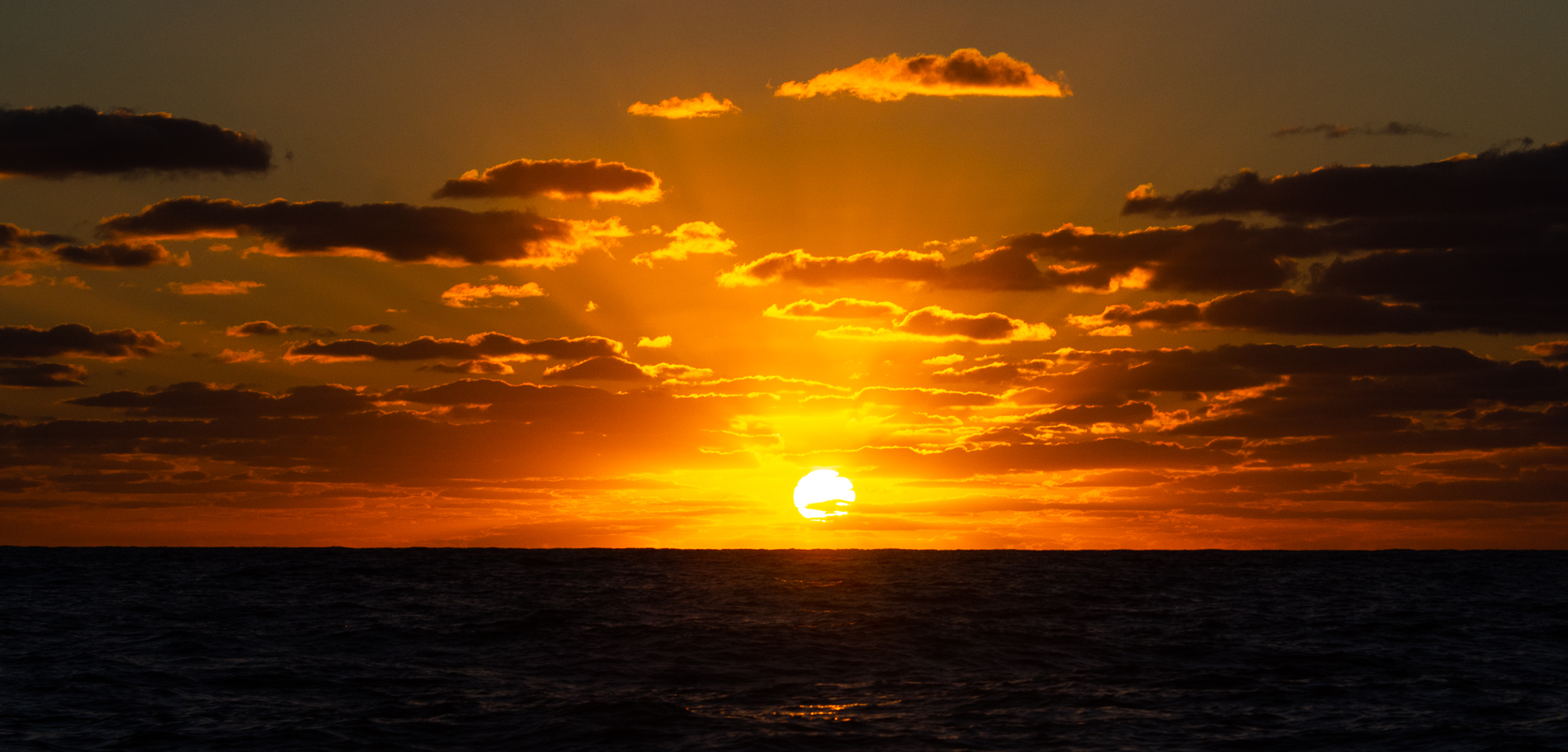






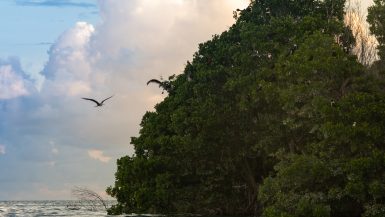
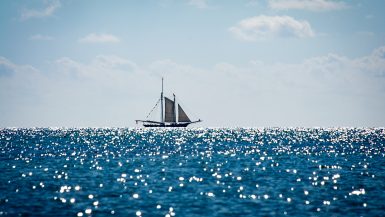
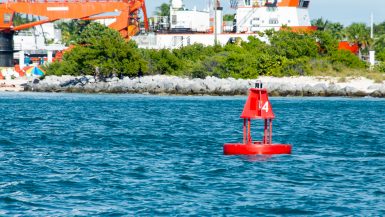
1.Was interesting. I’ve had engine problems and sailing a M30 back to home. Plus swimming my anchor (with a float) over 40 yards to get out of the main chanel.
2. What’s plan to regain reliable engine?
3.For your cruising around Keys, maybe need a simple dinghy with a small OB, that also in tight situation could push your M41-OI- slowly!
I’ll be finding work locally once i get down to Key West. I have a couple things to test on the engine when my budget is fixed. If they dont work then I’ll repower with a used 4-108 or yanmar.
Yep, will be getting an OB for the dinghy soon. At the very least you could drag an anchor out far enough to kedge out of a tight spot
Enjoyed reading your post sailing to the keys,